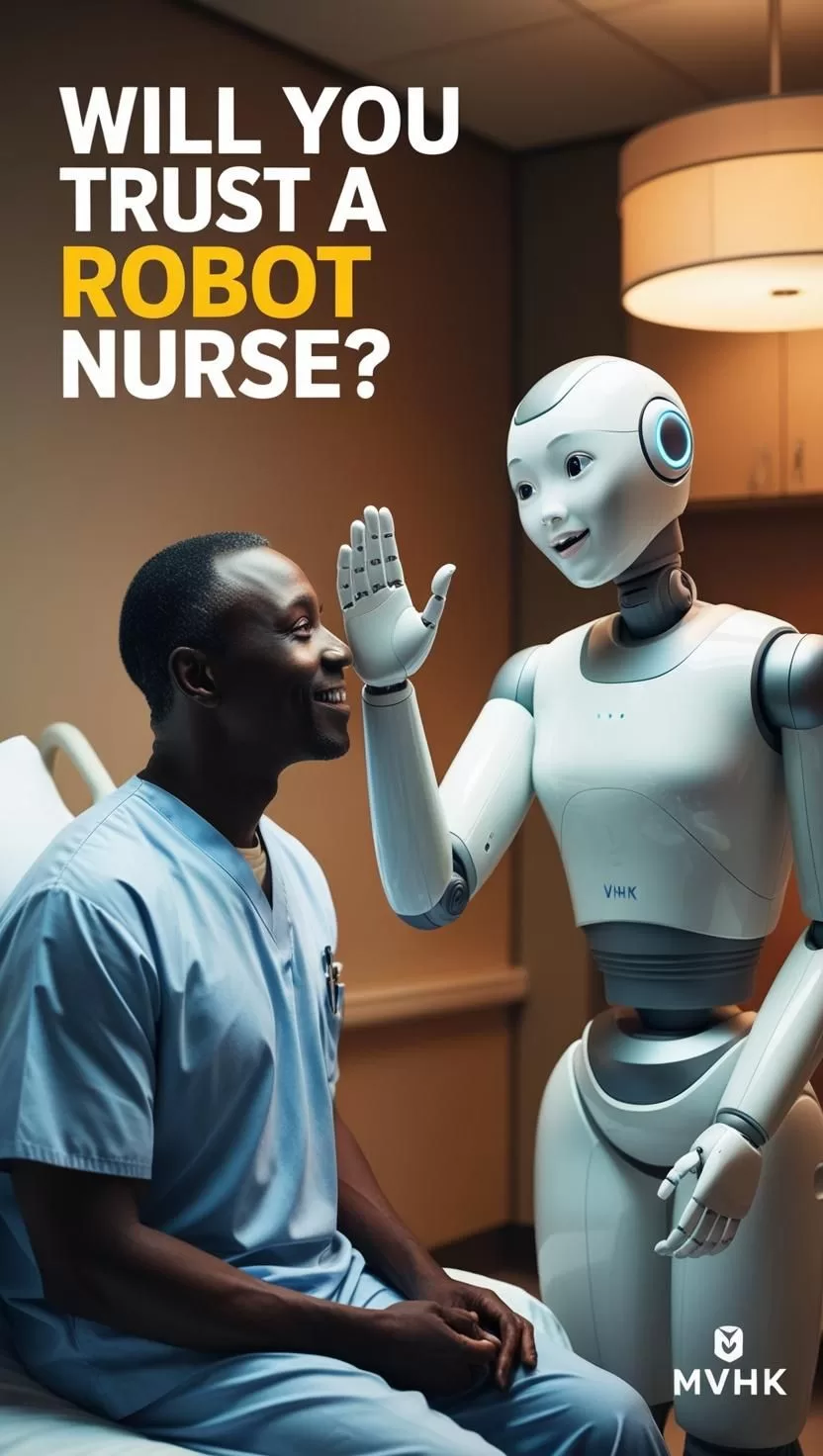Will You Trust a Robot Nurse? Emotional Intelligence in Healthcare Robots by 2027
In recent years, the world has witnessed rapid strides in artificial intelligence (AI) and robotics. Now, it’s poised to revolutionize healthcare. By 2027, robot healthcare workers with real-time context understanding and emotional intelligence could be treating patients when human providers aren’t available — an innovation showcased on “60 Minutes” that left many stunned. But a critical question lingers: Will patients trust robot caregivers?
Let’s dive deep into how emotional intelligence is being built into robots and how this could redefine medical care.
1️⃣ First Main Point: The Rise of Healthcare Robots
Real-Time Context Understanding
Healthcare robots today aren’t just mechanical assistants. Thanks to breakthroughs in machine learning and neural networks, they can now interpret human emotions, adjust their responses, and even modify treatments based on patient feedback.
🔹 Example: A robot that notices a patient’s facial grimace during an injection and softens its approach.
🔹 Source: MIT CSAIL found that emotion-detection AI can outperform human nurses in recognizing early signs of pain.
Adaptive Treatment Administration
When a human doctor is unavailable, a robot nurse might step in — administering medications, monitoring vitals, and adjusting therapy. These robots learn from data streams in real-time to deliver highly personalized care.
2️⃣ Second Main Point: Building Emotional Intelligence into Machines
Programming Empathy
AI developers are now embedding “synthetic empathy” protocols into healthcare bots, enabling them to:
- Mirror comforting gestures
- Offer verbal reassurances
- Adjust tone and body language appropriately
💡 Research from Stanford Medicine shows that empathetic responses by AI can significantly lower patient anxiety.
Overcoming Patient Distrust
While technical skills are impressive, trust is another challenge. Studies suggest that over 60% of patients initially distrust AI-led healthcare. (Source: Pew Research Center)
Key strategies to overcome this:
- Human-robot collaboration models
- Transparent communication of robot capabilities
- Training robots in culturally sensitive empathy
3️⃣ Third Main Point: Challenges and Ethical Questions Ahead
Data Privacy and Security Concerns
Real-time adaptive healthcare robots process vast amounts of sensitive data, raising critical cybersecurity concerns. Protecting patient data from breaches will be non-negotiable.
Ethical Boundaries in Robot Autonomy
Should a robot make life-or-death decisions?
The debate rages, as ethical frameworks lag behind technological advancements. Regulatory agencies are racing to establish boundaries to ensure robots augment, not replace, human judgment.
🎯 Conclusion: How to Get Started Today
Interested in the future of robot healthcare?
Stay informed, advocate for ethical AI policies, and familiarize yourself with the evolving landscape. Healthcare institutions are beginning to pilot these technologies — and early engagement will be key to ensuring safety, compassion, and trust.
🔵 Tip: Check if your local healthcare provider is part of any AI-robotics innovation program and participate in public feedback sessions!
FAQ
Will robots completely replace human healthcare workers?
No, robots are designed to augment and support human healthcare workers, not replace them entirely.
How do robots develop emotional intelligence?
Through advanced AI algorithms, robots are trained to recognize emotional cues and adapt responses for empathetic interaction.
Are healthcare robots safe and secure?
Safety and cybersecurity are top priorities, with strict regulations being developed to protect patient data and ensure ethical care.






